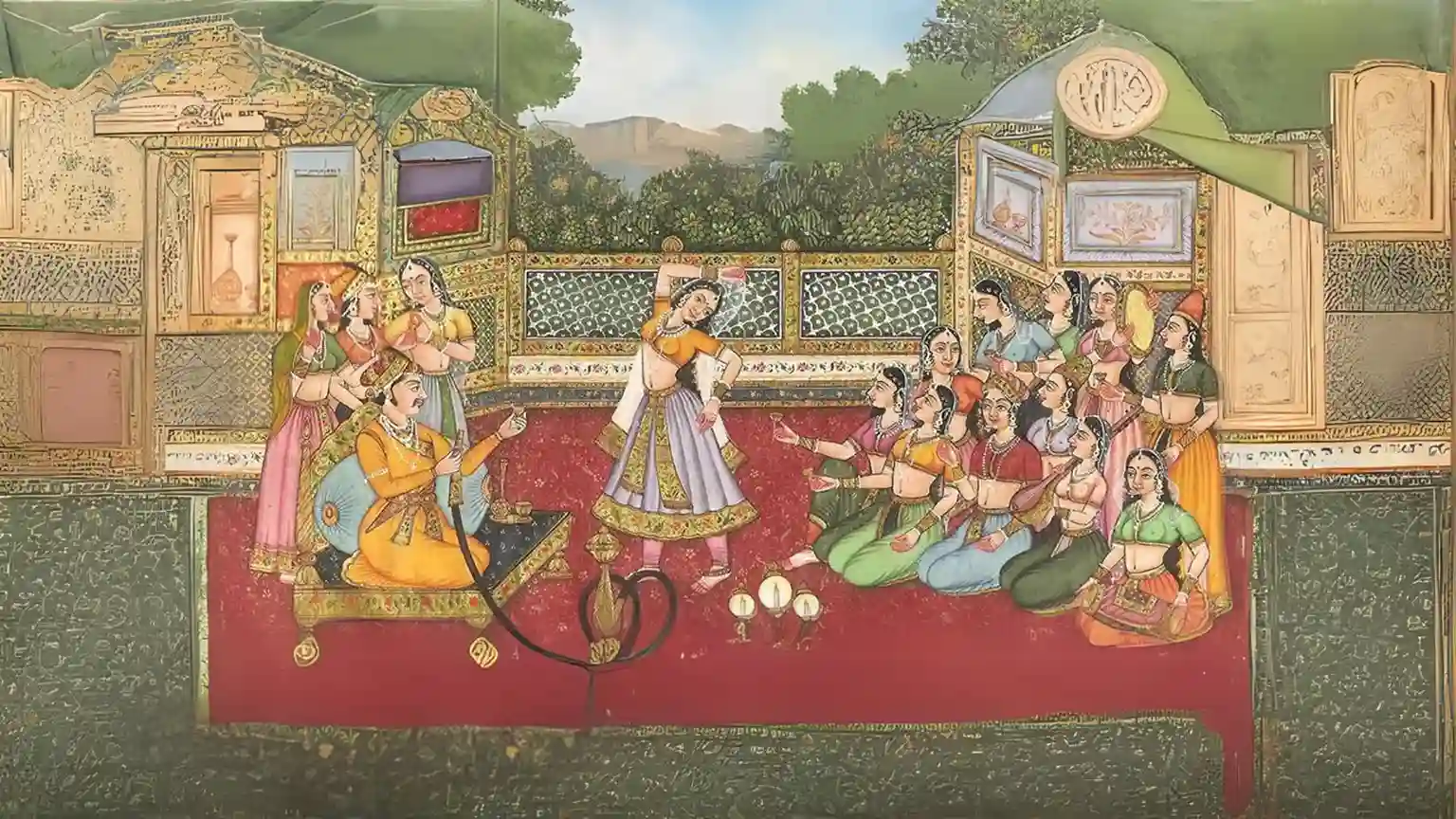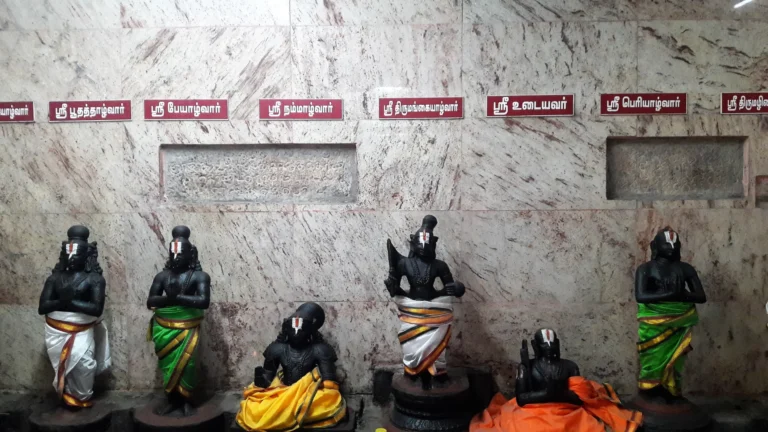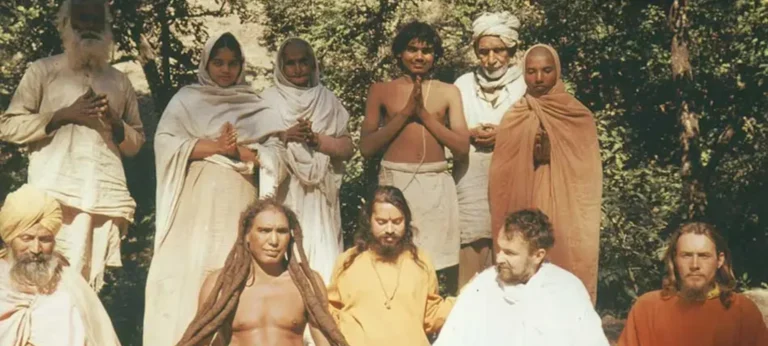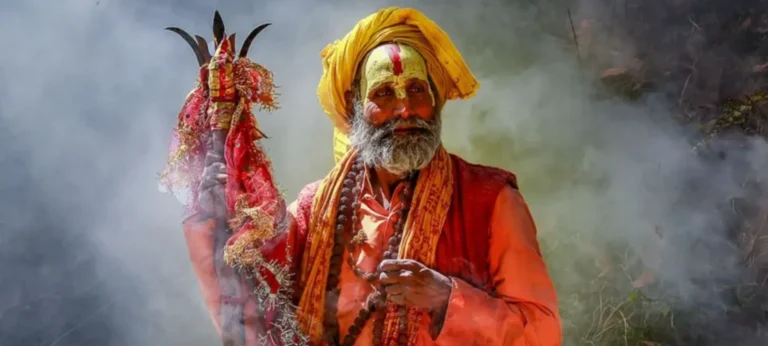Table of Contents
Indian Materialism – Philosophy of Charvaka
The Charvaka (चार्वाक) philosophy only propounded the concept of Pratyaksha Pramanam (प्रत्यक्ष प्रमाण). Pratyaksha Pramana means direct evidence to prove existence or relevance of a concept. Thus, it is based on the experience of the fallible senses, which the predominant teachings of the Vedas reject.
Senses are prone to cheating, committing unwarranted mistakes, the senses also exaggerate experience based on our state of mind and also prone to lie outright. The topmost schools of philosophy within Sanatana Dharma, reject this System.
Why?
Highlights of Charvaka Philosophy
As mentioned earlier, Charvaka Philosphy seeks direct evidence, primarily through the senses. As senses are incapable of perceiving the Omnipresent God, it claims God as a concept. The Charvaka Philosophy says: “God is an imaginary concept because the senses cannot perceive Him.”
Thus, the philosophy qualified itself as an atheistic one.
It promoted enjoyment of material life and rejected life beyond the body and senses. Charvaka, the founder of this Philosophy rejected all the claims of Vedic Shastras, Rituals, Law of Karma, Concept of Rebirth, the everlasting nature of the soul and God. It established the superiority of the senses over all other subtle deciding factors like the inner-conscience and the Shastras.
‘Perception is the only Reality’ qualifies as a good phrase to sum up the Charvaka Philosophy.
Sri Madhvacharya opposes Charvaka’s Philosophy

When we take the example of Madhvacharya’s Philosophy compared to Charvaka philosophy, we see a huge contrast between the two. Sri Madhva, unlike Charvaka promoted a life of responsibility and discipline.
He rejected the callous approach of the Charvaka theory and also its addiction to sensual pleasures. Sri Madhva believed that to waste life pursuing pleasure alone was a criminal offence against the life process. He also opposed the mentality of people performing sacrifices where Scriptures were used to satisfy their desires of enjoying the heavens, here and elsewhere.
He did so, because Vedas have more to offer us. “To take such a concocted view of life’s purpose means missing the true goal of the Vedic philosophy of Karma.” says Sri Madhva.
Sri Madhva explains the Purpose of Rituals and Sacrifices
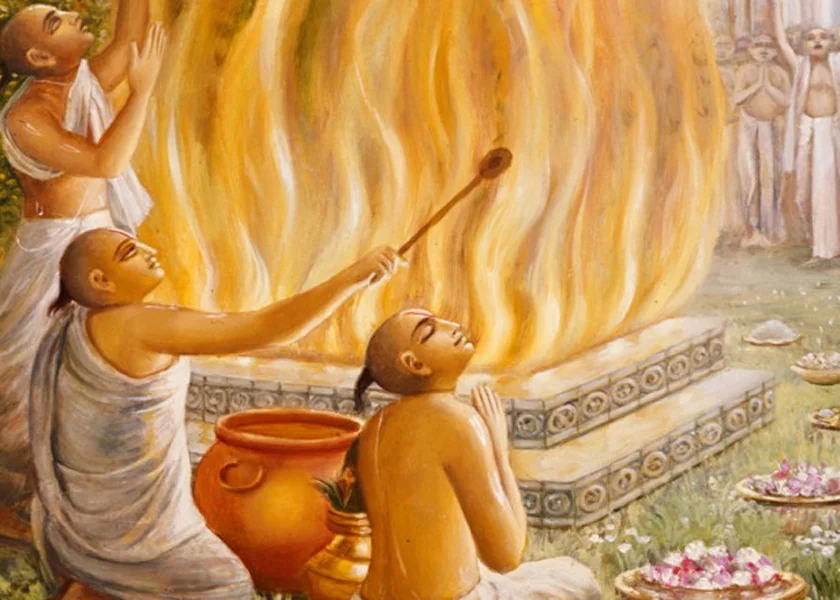
Although, the Vedic scriptures entice the average man to perform sacrifices to attain its benefits, its purpose is way beyond our enjoying tendency. The goal of the Scriptures is to get man to participate in rituals and ceremonies so that the higher purpose of the Scriptures start becoming visible to us.
Vedas say: ‘At least start somewhere!”. It is only an inducement to effort of the right kind. The purpose is to raise the consciousness of the practitioner of rituals and set before him elevated goals.
It aims to take us higher and higher on the upward march, through stages.
What is the Charvaka Philosophy?
The Charvaka Philosophy says that the world that we perceive with the 5 senses are only real. Other than that there is no Truth. We live once and die once and since this is the only life, we can make merry and live however we like, without any restrictions and are free to enagage in sense enjoyment.
What are some of the highlights of the Charavaka Philosophy?
1. There is no concept of purity and impurity in the Charvaka philosophy.
2. Whatever we see, hear, touch or perceive is all there is.
3. The concept of Karma has no meaning in Charvaka philosophy.
4. The Charvaka philosophy neither believes in the concept of life after death nor accepts the experience of hell or heaven.
5. The Charvaka philosophy is a totally atheistic philosophy which has no concept of a Creator and hence no individual has the need to shoulder moral or ethical accountability.
6. Pleasure alone is the aim and goal of the Charvaka Philosophy.
Sri Madhva’s say on Karma
Sri Madhva believed that Karma was an essential step, as well the most important attribute that will serve as a ladder towards man’s finality. Vedic injunctions would then serve as a fuel to energize the Karma apparatus.
It will lead man to higher realizations about life’s purpose. Sri Madhva was of the opinion that performing the right rituals could possibly enable man to break his limited view about life. If this happened, man could perform Karma without any attachment.
Such an achievement will propel man Godward, which is the goal of the Vedic scriptures. He emphasizes that the highest subject matter of the Veda is God and not merely a round of duties or acts of sacrifice.
When man graduates beyond rituals, following that path; when he graduates beyond Karma following the instructions of Veda, in all sincerity of intention, he shall be pushed Godward.
Traces of Jainism in Dvaita Philosophy
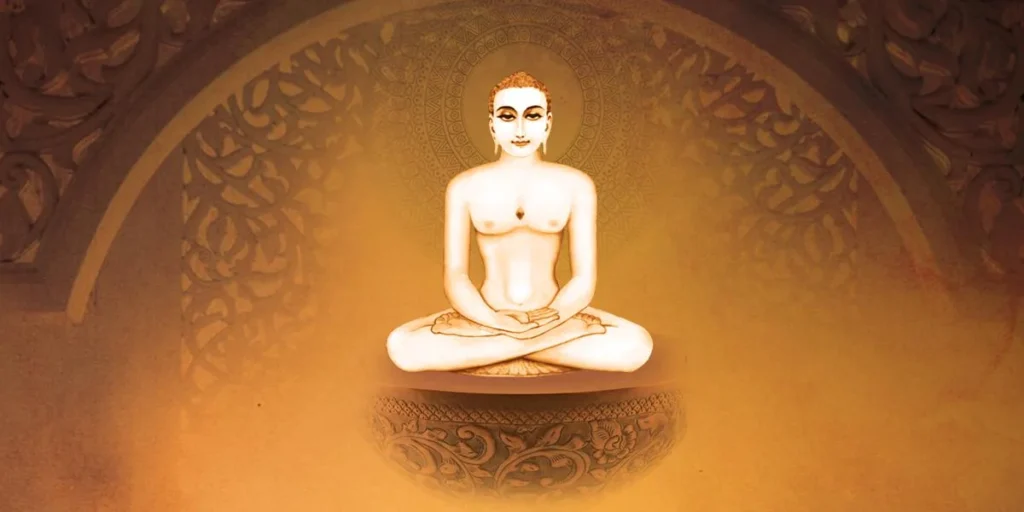
The Jain philosophies have parallels with Madhva philosophy.
South Kanara (district of Karnataka) flourished with the Jains propounding their theories and round about the same time Sri Madhvacharya too delivered his Philosophy of Dwaita. The Jain theory about the nature of the Universe and its theory about the nature of the Self, as an object of perception finds striking resemblance to Sri Madhva’s own theory about the Self.
This theory is however outright rejected by the Advaita School. The Jain theory that the whole Universe is filled and animated by Jivas is shared by Sri Madhva too.
Sri Madhva’s theory about the nature of the universe states that: “There is periodic creation and dissolution of the Universe.” One finds that this concept is a direct reflection of the story of Creation and Dissolution one finds in the Shrimad Bhagavatham of Veda Vyasa. The revered sage Veda Vyasa was the spiritual preceptor (Guru) of Madhwacharya.
Test your Alignment with the Spiritual Subject Matter (only 7-8 Questions)
The scores generated in this Quiz are relative. There are no right or wrong answers. A percentage towards 100 indicates that you are more aligned to the overall subject matter.
Sri Madhva’s All-Accepting Approach
Madhva’s Truth methodology is quite antipodal to the older schools of Nyaya, Mimamsa and Vedanta. Sri Madhva was far ahead in his approach to philosophy where he revised the traditional understanding of what is accepted as “Pramanam” (Evidence as per the older Vedic schools).
He did so, to embrace all types of knowledge that are non-esoteric and very much cognizable and treated them as valid. He accepted memory as a valid instrument of Pramanam.
This neo-acceptance forms a roaring deviation from traditional Vedic doctrines as it was all-accepting and more inclined towards a logical, contemporary thought. This did not mean that Madhwa was not open to the ancient ideas of philosophy.
He accepted them with open arms where he checked for its validity in current times. Sri Madhvacharya was more concerned as to whether or not these philosophies embraced futuristic times.
He also made valuable contributions to Indian philosophy that gave him a position of honor.
He introduced the concepts of:
1) Svatantra (स्वतंत्र): Independence of the Supreme
2) Paratantra (परतंत्र): Dependence of the living entity on the Supreme at all times
3) Saakshi (साक्षी): The Eternal Witness among others.
Dvaita deserved More Recognition!

Madhwa put forth the ‘Theory of plurality of individual selves’ which completely differed from Advaita’s ‘Theory of oneness among all apparent selves.’
People of those days regarded this theory as Pluralistic Theism.
A student of philosophy could not reach the zenith of Madhwa’s complete teachings through this apparent exhortation of non-similarity among selves. The scholars labelled these teachings as a distinctly dualistic approach because of which the highest revelations of Madhwa’s philosophy never gained prominence.
Definitions and Misconceptions
Let us first look at why ‘Dualism’ is an inappropriate word to describe Sri Madhvacharya’s Philosophy. What is the definition of Dualism?
Dualism means 2.
Dualism means two independent entities.
Sadly, the scholars misunderstood Sri Madhvacharya’s Philosophy and called it the Philosophy of Dualism! So, What is Sri Madhvacharya’s Philosophy and How is it different from Dualism?
Madhwacharya does talk of 2 entities namely Jeev and Bhagawan. But unlike Dualism, which speaks of 2 independent enities, Madhvacharya talks of one dependent and another independent entity.
We must understand the nuances between the two, to be able to appreciate Sri Madhva’s Philosophy. Madhvacharya philosophy can be called as ‘Philosophy of Interdependence’. We get to see that through his 2 prime teachings of Svatantra and Parantras as explained in the earlier portion of this article.
So, dualism’s principles of existence, is not even close to Madhwa’s original teachings. Madhwa was never a dualistic teacher, to start with. It can be said that neither the Sanskrit term “Dwaita” nor its closest English counterpart “Dualism” represent entirely the philosophy of Madhwa. He propounded the acceptance of one Independent, the transcendent immanent being, Bhagawan as the one source and bucketed all the rest as finite existence.
This cannot be termed as “thoroughly dualistic”.
Sri Madhva rejects Samkhya and Advaita
There is a fundamental difference in outlook between the ‘dualism’ of Madhwa and those of the Samkhya-Yoga and Nyaya-Vaiseshika schools. Neither the Purusha nor the Prakriti have, in Madhwa’s system, an independent status.

Because Samkhya School of Philosophy speaks of only the material aspect of creation (24 elements) and not about the Supreme controller Bhagawan, Madhva rejects this system. Unlike in Advaita, Madhwa does not offer the position of a mere onlooker to Brahman.
He also does not give the role of a co-operating force to Brahman as is the case with the Yoga and Nyaya schools. According to Madhwa, God animates within this universe and is in complete charge.
As He participates immensely in the affairs of the Universe. God becomes the very ground of operation within this real world. The world is real, for Madhwa and not illusory as Advaita claims.
Vedanta in all its varied forms traces the activities of the world, finally to Brahman alone. But, this transcendent reference to Brahman is denied in Samkhya. On the other hand Vedanta exhorts that Brahman is the cause of the world and gives full meaning to its being and its becoming.
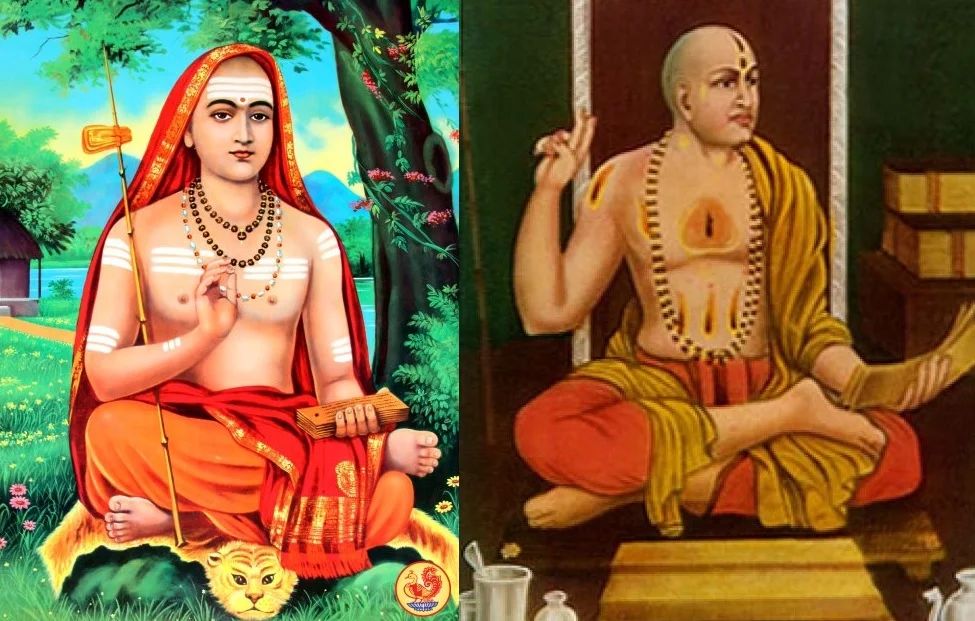
Shankara, on the other hand conceives the dependence of the Universe differently. Shankara says that the “World simply appears”. The world of appearance is merely a modification of Brahman. Thus, there is no meeting point between Shankara and Madhwa.
You display your love by reading this valuable material. So kindly read and consider financially supporting us to keep our efforts going with renewed vigor! Supporters in India can donate via Razorpay while those abroad can use PayPal!

